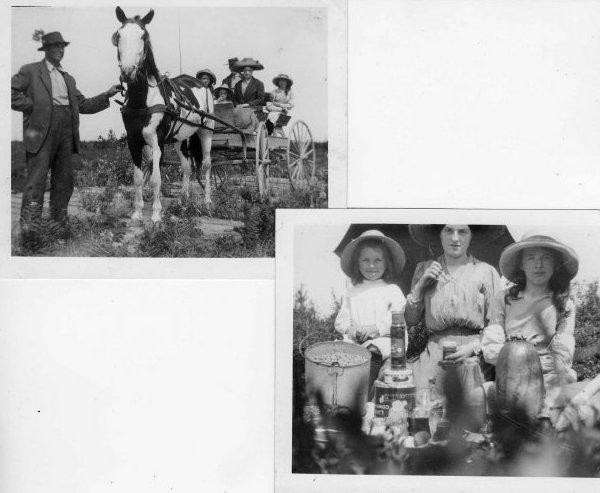|
At the Garden City Lands open houses in 2008, these were some views
we heard:
- We need more open space (or green space or
parkland) in Richmond, not less.
- These Richmond lands should benefit the people
who need them, not just big speculators.
- We should do our part to keep the air clean. (We
don't need thousands more cars polluting and congesting.)
- The urban agriculture proposals (from Kwantlen
University College and the Richmond Poverty Response Committee) are
wonderful.
- We don't want all those big concrete buildings.
Our quality of life is being ruined.
- This is the people's land (or the taxpayer's
land). The federal government should keep it for the people.
- The city is becoming more and more unliveable.
Paving the farmland makes it worse.
- Several better future uses for the Garden City
Lands have been proposed, including conserving the land as natural
habitat and using it as an agricultural park. For details, visit our
Future page.
- Around the world, farmland is dwindling at the
same time that a growing population places ever-greater demands on
our food supply. Our cities are built close to our best farmland, so
there is constant tension between agriculture and development.
- Fertile soil takes thousands of years to
develop¡Xor a single development to destroy. Once the soil has
been compacted, paved over, and built on, it is very difficult to
restore its food-growing capabilities.
- Diminishing world oil supplies will make it too
costly to import so much of our food.
- The effects of global warming will impact
agriculture worldwide, reducing the global food supply. Thus we will
be forced to rely more on the food we can produce locally.
- The Agricultural Land Reserve, or ALR, was established in the
1970s to protect BC¡¦s farmland from development and act as an urban
growth boundary.
- The ALR currently protects 4.7 million hectares of farmland
(only 5% of BC¡¦s land base)
- The ALR is governed by the Agricultural Land Commission, which
makes all decisions on land exclusions from the ALR. The commission
is an independent provincial agency whose decisions are affected by
public input. It is their job to protect the public interest.
- The ALR is an agricultural land reserve, not
an
urban land reserve!
- A pioneer wrote about the Garden City Lands,
¡§Whole families or a few friends got off at the tram stops and hiked
off, blueberry pail in hand, towards No. 4 Rd. to pick the tasty
berries."
- From early in the last century, the Garden City
Lands were part of the Dominion Rifle Range. The range had its own
tram stop, and people would ride in from Vancouver to pick
blueberries to sell at the market.
- Many people still alive today have fond memories
of cutting Christmas trees on the Lands each year, and it was an
excellent spot for pheasant and duck hunting.
- During World War II, the Lands were home to
anti-aircraft guns and military transmission towers.
- Later they were used for Coast Guard
transmission towers, and the berry bushes and trees were removed.
- Since 1994, the Lands have been green open
space.
- The traditional uses of the Garden City Lands
include community agriculture. Below, Steves family members harvest
blueberries on the Lands, circa 1915.

For more answers,
visit the Garden City Lands blog.
|

